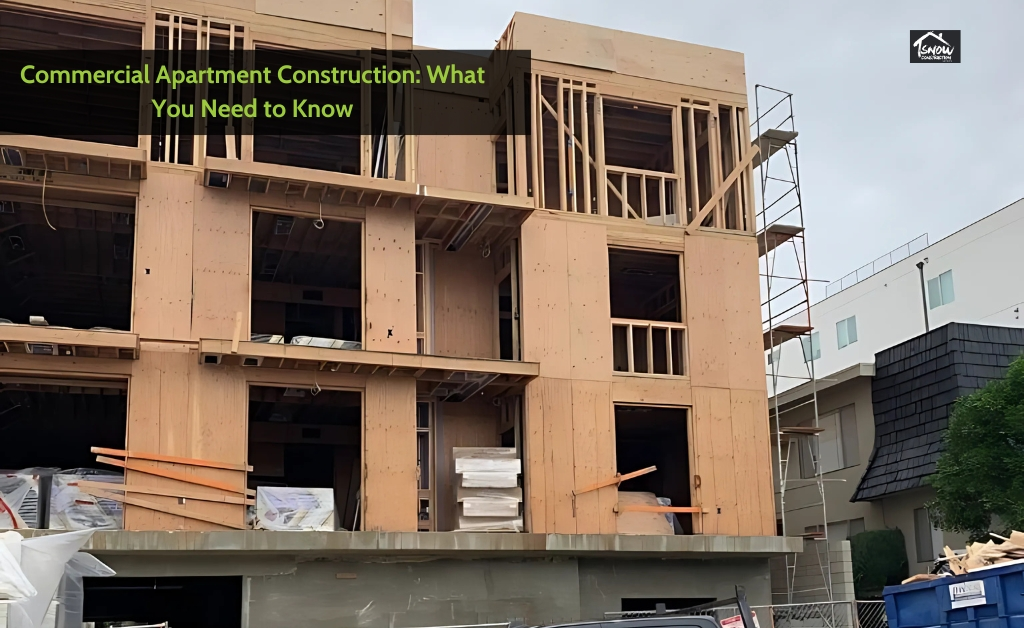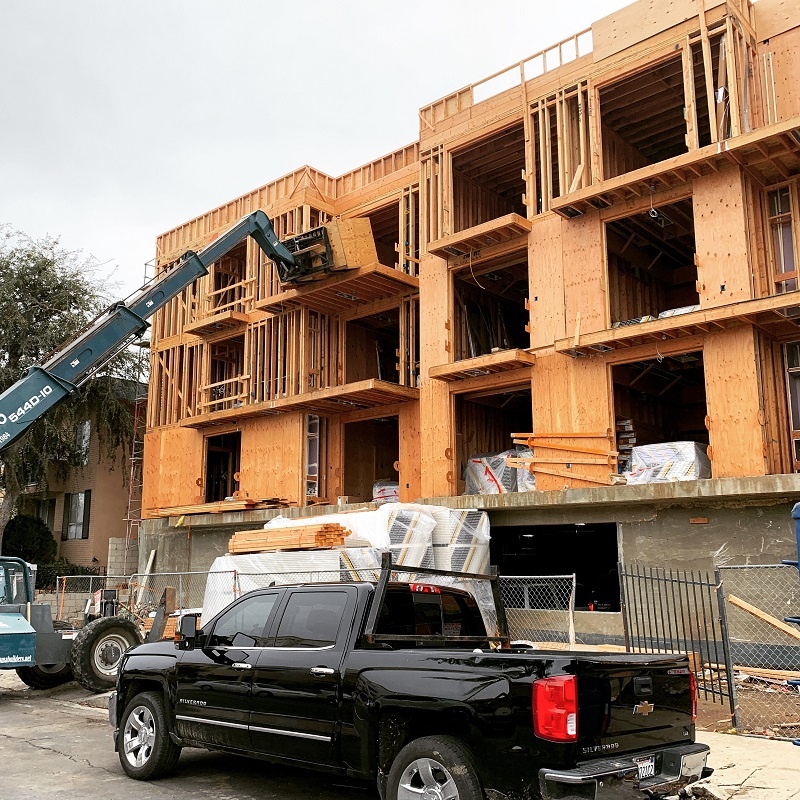Commercial Apartment Construction: What You Need to Know

When it comes to commercial construction, building an apartment complex is one of the most ambitious and rewarding projects a developer can take on. Apartment construction combines the challenges of home design with the strength and size of commercial buildings. Whether you’re a first-time investor or a skilled developer, knowing the basics of commercial apartment construction is key to a successful project.
Understanding Commercial Apartment Construction
Commercial apartment construction means building big apartment buildings where many people can live, usually for rent or lease. These buildings are different from houses or duplexes because they are part of commercial property construction. That’s because they’re bigger, follow more rules, and need more money to build.
From getting the money to passing final checks, every step takes more planning, teamwork, and rule-following than building a regular home. Here’s what you should know.

Key Phases of Apartment Building Construction
1. Pre-Construction Planning
This step includes checking if the project makes sense, looking at zoning, doing market research, and figuring out the money side. Picking the right location matters a lot—being close to public transport, schools, and jobs can increase renter interest.
Working with skilled architects and engineers during the design process helps make sure your apartment building meets local rules and the needs of modern renters.
2. Permitting and Regulations
One of the slowest parts of commercial construction is dealing with local permits and rules. These include:
- Zoning and land use approval
- Building codes and safety standards
- Environmental checks
- Accessibility rules (like ADA)
Delays here can hold up the whole project, so it’s smart to work with a contractor or construction manager who knows the system.
3. Construction and Project Management
After the plans are ready, the real construction begins. This includes:
- Preparing the site and digging
- Foundation work
- Framing, roofing, and outer structure
- Inside systems (electric, plumbing, heating/cooling)
- Finishing touches and landscaping
Good project management helps keep the project on time and on budget. Regular check-ins and quick problem-solving keep things moving.
4. Post-Construction and Turnover
Once construction ends, the building must pass final checks and get occupancy permits. A last walkthrough makes sure everything is built right. After that, the property is handed to a leasing or management team to start renting units.
Why Commercial Property Construction Is Different
Commercial property construction is different from home building in many ways:
- Bigger budgets and longer timelines
- More rules and inspections
- Stronger systems to support more people and utilities
Because of this, it’s important to work with pros who understand apartment construction.
Final Thoughts
Commercial apartment construction is a major project, but with careful planning and the right team, it can lead to great long-term results. By learning the special needs of commercial construction and planning for design, rules, and building, developers can create strong properties that last.
Whether you’re starting your first complex or adding to a growing portfolio, keep these basics in mind to move through your next commercial construction project with confidence.
